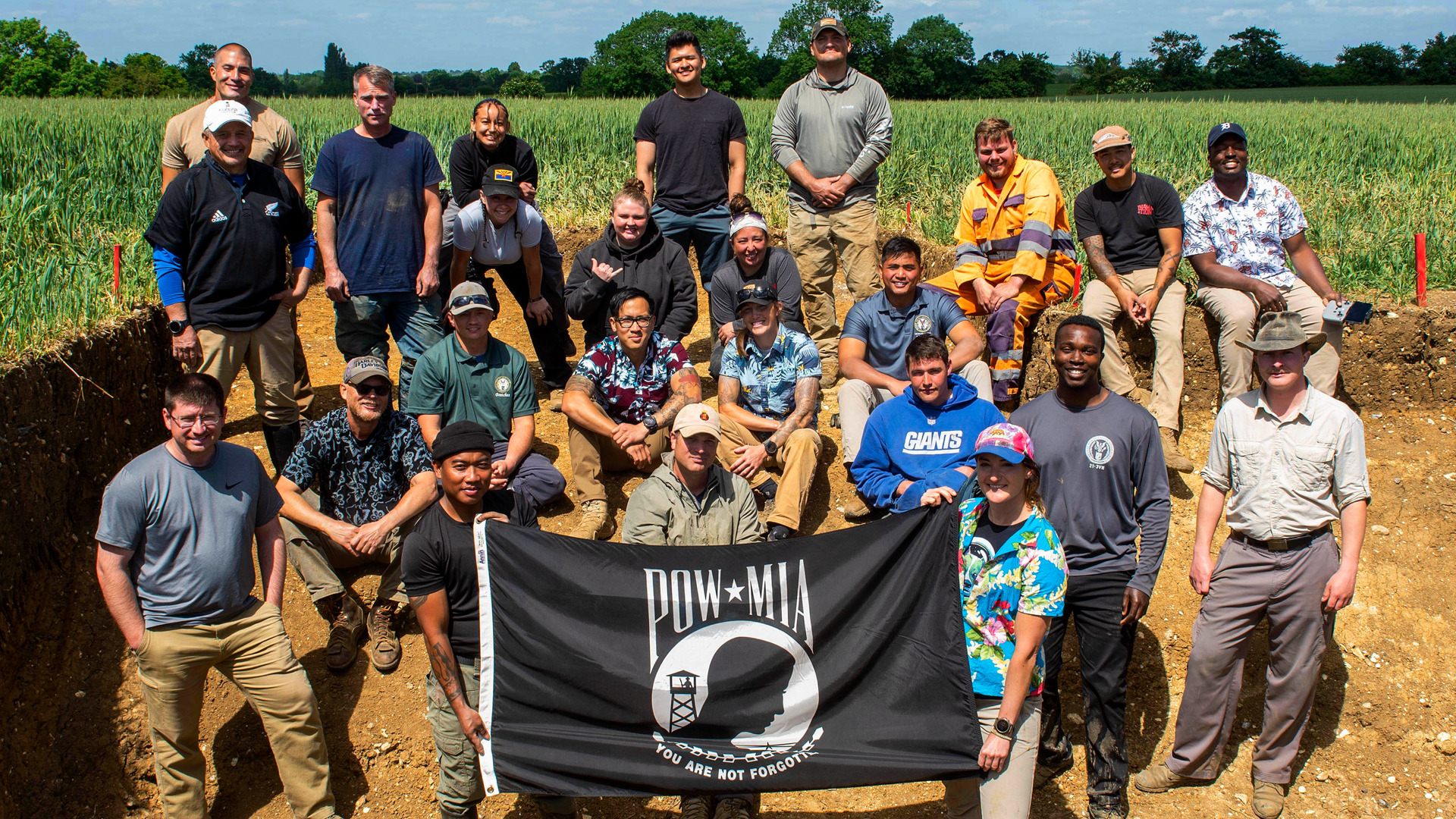

On the third floor of a beautiful, renovated building in Oahu, Hawaii, is a lab full of tables, holding human remains.
The lab, which belongs to the Defense POW/MIA Accounting Agency, is huge. One wall is made entirely of glass, offering an unobstructed view of DPAA employees as they sort through and run tests on the remains in front of them. The building that houses the DPAA — whose mission is to recover American service members who went missing or were kept as prisoners of war overseas in past conflicts — has a light and airy feel to it thanks to the many windows peering into the courtyard at the center of the building. It’s somewhat at odds with the rows and rows of skeletal remains being meticulously organized in the lab.
On one end of the lab is a poster board, on which several black-and-white photos of service members are featured. The photos don’t represent the remains of the people on the work tables — the scientists at DPAA aren’t told who exactly they’re working to identify in order to avoid bias. Instead, it shows service members who have already been identified.
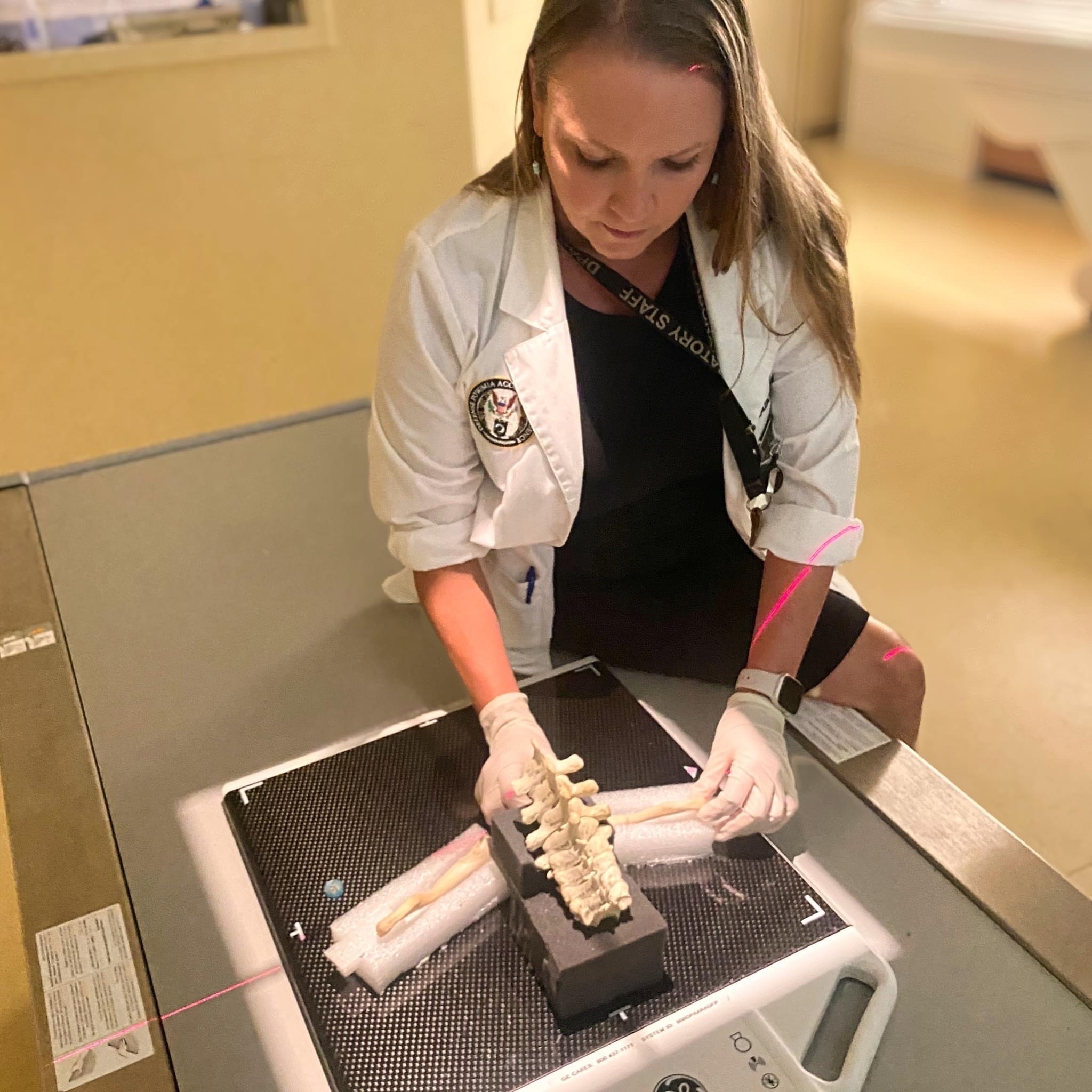
On some tables in the lab are just a few small bones, with identification tags attached to them. On another is what looks to be almost a full skeleton, with each bone carefully placed in the exact right spot. Around the room are whiteboards bearing words that most people haven’t read since high school science class.
Task & Purpose recently visited the DPAA’s headquarters on Joint Base Pearl Harbor-Hickam, Oahu, to learn more about their work — of which there is a lot. Within the lab there are rows of tables, holding more bones, more remains. On a large shelf sit boxes of remains the scientists aren’t currently working on. In the middle of the long room stands an American flag — all of the remains in the room face toward it.
Even in death, the service members look upon the flag.
The DPAA, which was activated in 2015 in place of the Joint POW/MIA Accounting Command (JPAC), is a unique agency for a number of reasons. It has the largest forensic anthropological skeletal lab in the world, for example. But walking through the halls of the building — which was built alongside the agency’s activation not even 10 years ago — it’s clear that the DPAA is noteworthy for another reason entirely: At a time when trust in government entities is on a steady decline, the DPAA’s mission is far too easy to support.
The mission is “a chance to make good on that warrior ethos they beat into us at basic training: Never leave a fallen comrade,” said Maj. Leah Ganoni, a spokesperson for the agency. “Whatever I do every day is some kind of way to pay that back. … I will do whatever it takes, in some small way every day, to make sure they’re not forgotten.”
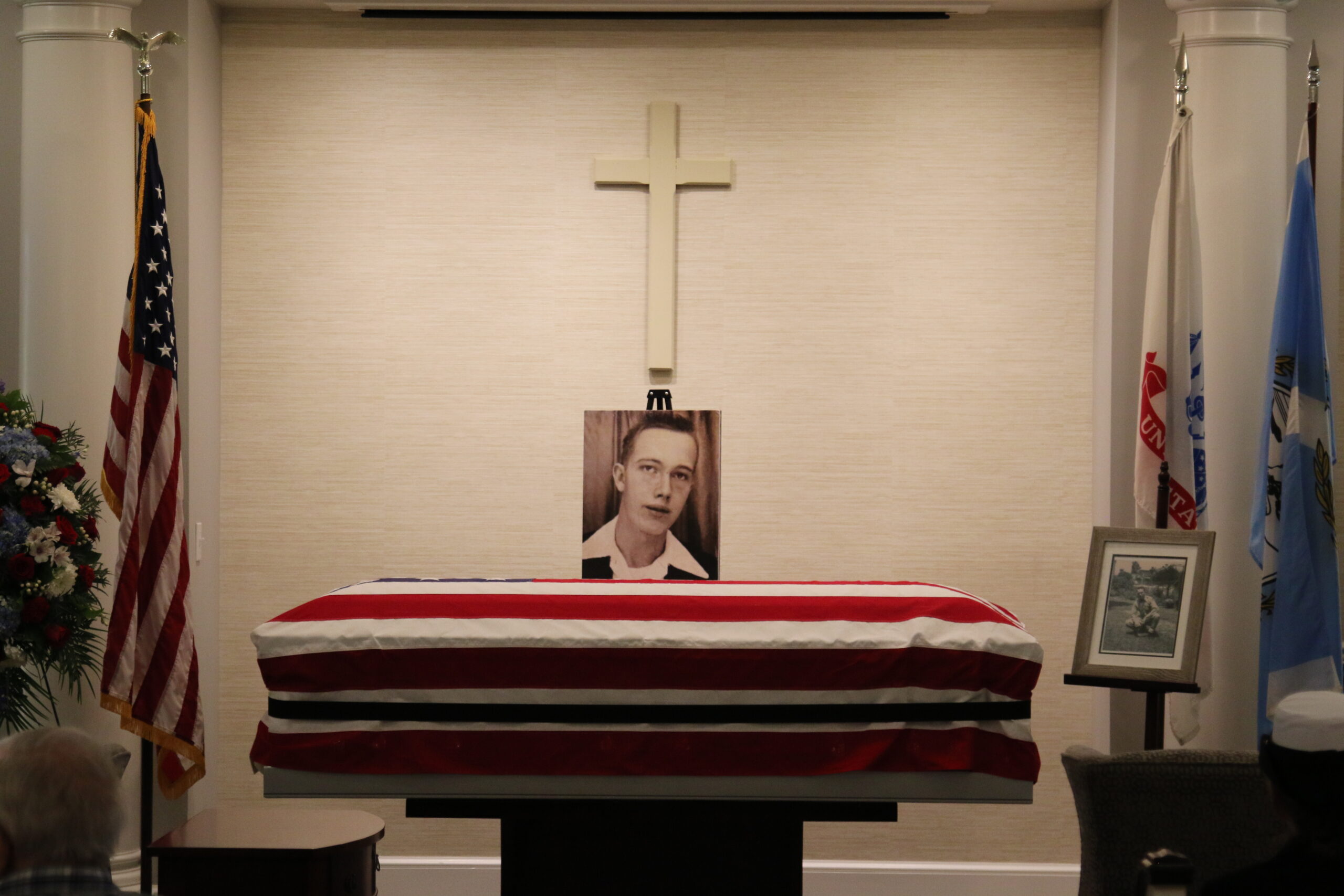
Subscribe to Task & Purpose Today. Get the latest military news, entertainment, and gear in your inbox daily.
According to a tracker frequently updated by the DPAA, there are more than 81,000 U.S. service members still missing from World War II, the Vietnam War, the Korean War, the Cold War, and the Gulf Wars. More than half of those missing are in the Indo-Pacific region; more than 41,000 of the missing are believed to be lost at sea.
Hundreds of civilian and military personnel work at the DPAA alongside archaeologists, anthropologists, and forensic odontologists to find and identify missing service members from wars past. They travel out into the world with only the amount of people they need according to the mission, spending weeks at a time digging up plots of land that have been meticulously identified. Back at the lab, experts pour over the remains to determine what if any DNA can be found.
The teams often recruit from active duty military units in Hawaii. For underwater excavations, for example, Army and Navy divers are called up. In other instances, they may need a mountaineer or someone proficient in rappelling to help them get to remains buried on the side of a mountain. Every mission brings along a medic and an explosive ordnance disposal (EOD) technician — digging around forgotten battlefields from World War II, after all, can be risky.
But, no matter where the teams are going and how long they’re there, every mission has the same goal: bring every soldier, sailor, airman, and Marine possible back home.
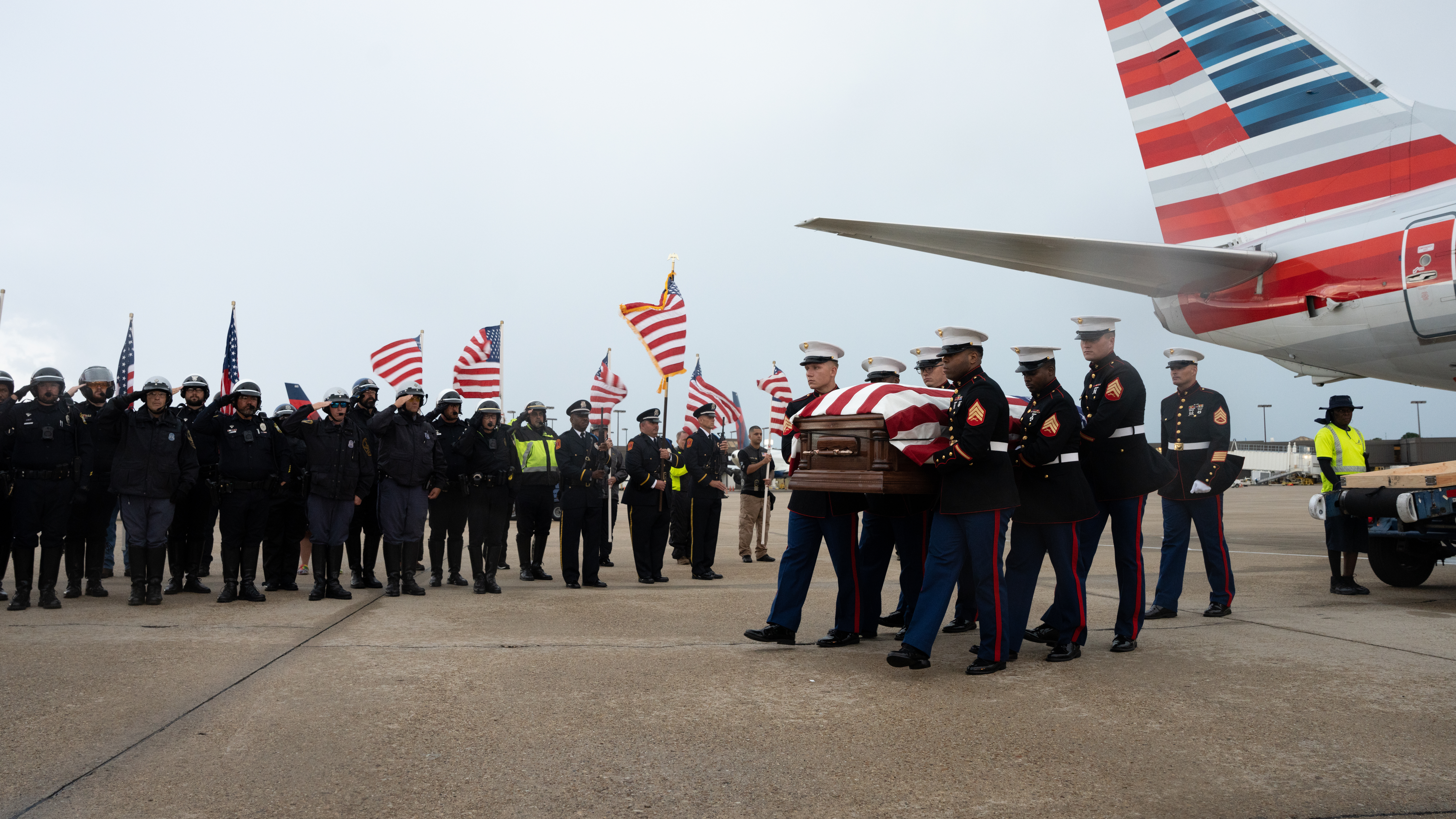
“The goal is for us to go out of business,” said Dr. Denise To, who works in the DPAA lab and has worked as the field expert on multiple missions. “The goal is for this agency to identify the last one, wrap up, shake hands, everybody go find a new job. That’s the goal. The reality is, that’s probably not going to happen because there are so many that are unrecoverable, because there are some that the leads are so cold, and time is against us, informants and witnesses have either died or are still alive but their memory loss is very real and significant. So it would be really nice if we could go out of business.”
On average, a mission to recover a service member can take anywhere from 30 to 60 days and involve four to 400 people. But the work that goes into the recovery process before and after the actual excavation can take years.
The first step of the process involves “hundreds of thousands of hours of research,” Ganoni said, during which historians and analysts are pouring over service members’ military records, operation orders, maps, and anything else that could help pinpoint where they might be located. They’re taking into account how the landscape of a certain area may have changed since the war in question, and determining if the service member may already be buried in battlefield cemeteries around the world.
After that process is complete, Ganoni said the researchers will either recommend a recovery mission, which will result in a team being sent out into the world, or disinterment if they believe them to be already buried elsewhere.
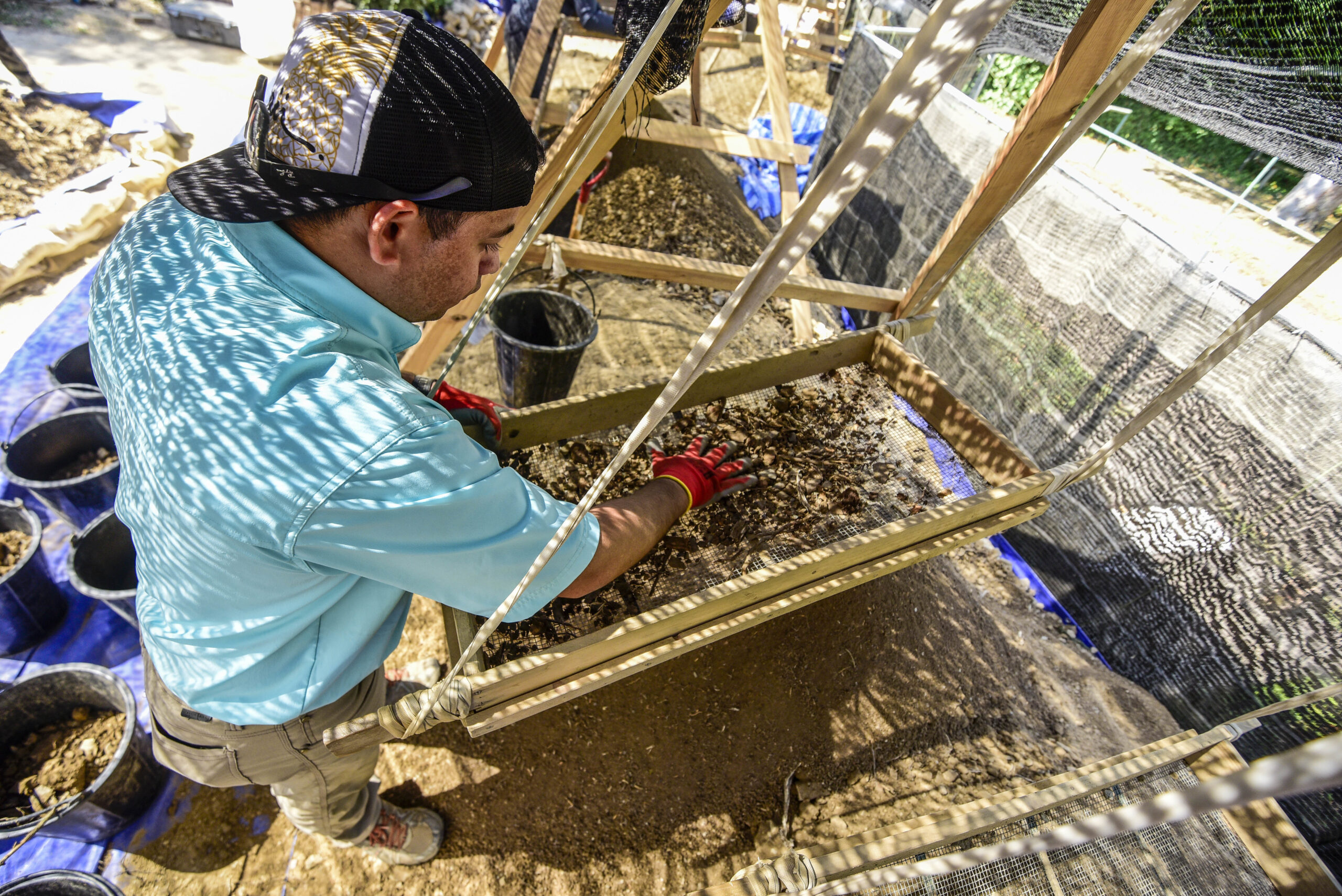
In the event that a recovery mission is recommended, the DPAA will then send out an investigation team who are going to do “everything they can to corroborate evidence” and ensure that the site in question “will generate a recovery.” That includes talking to locals of the area, turning over and inspecting the soil, and scanning the area — typically with an EOD tech — to see what potential dangers could exist.
After the investigation team corroborates evidence that recovering a service member is likely, the recovery mission begins. That mission involves service members and civilians alike, including anthropologists and archaeologists. It’s a humanitarian mission, Ganoni said, so no one wears uniforms, and no one has weapons. Any security that’s needed is provided by the host nation, she said, and “everybody digs.” It’s a tedious process that has to be done with extreme care. And while the DPAA employs some of the best technology in its labs, on the ground during recoveries, it comes down to old-school tools like brushes, shovels, and shifters.
For the teams combing the area, it can seem like an impossible task to differentiate between small fragments of weathered bone and rocks in the dirt — especially if you’re working underwater or in a river in Vietnam with little to no visibility — and sometimes it is. If the excavation team is unsure of what they’re looking at, they’ll bring it back with them for other experts to study it under a microscope in the lab.
And even if all the team has found is rocks, until that is scientifically proven back in the lab, the pieces they’ve found are treated as if they belong to a potential service member.
When the team flies the remains back with them, an American flag will be draped over the case. And when it touches down on Oahu, Ganoni said, it will “receive an honorable carry when the remains arrive on ground.”
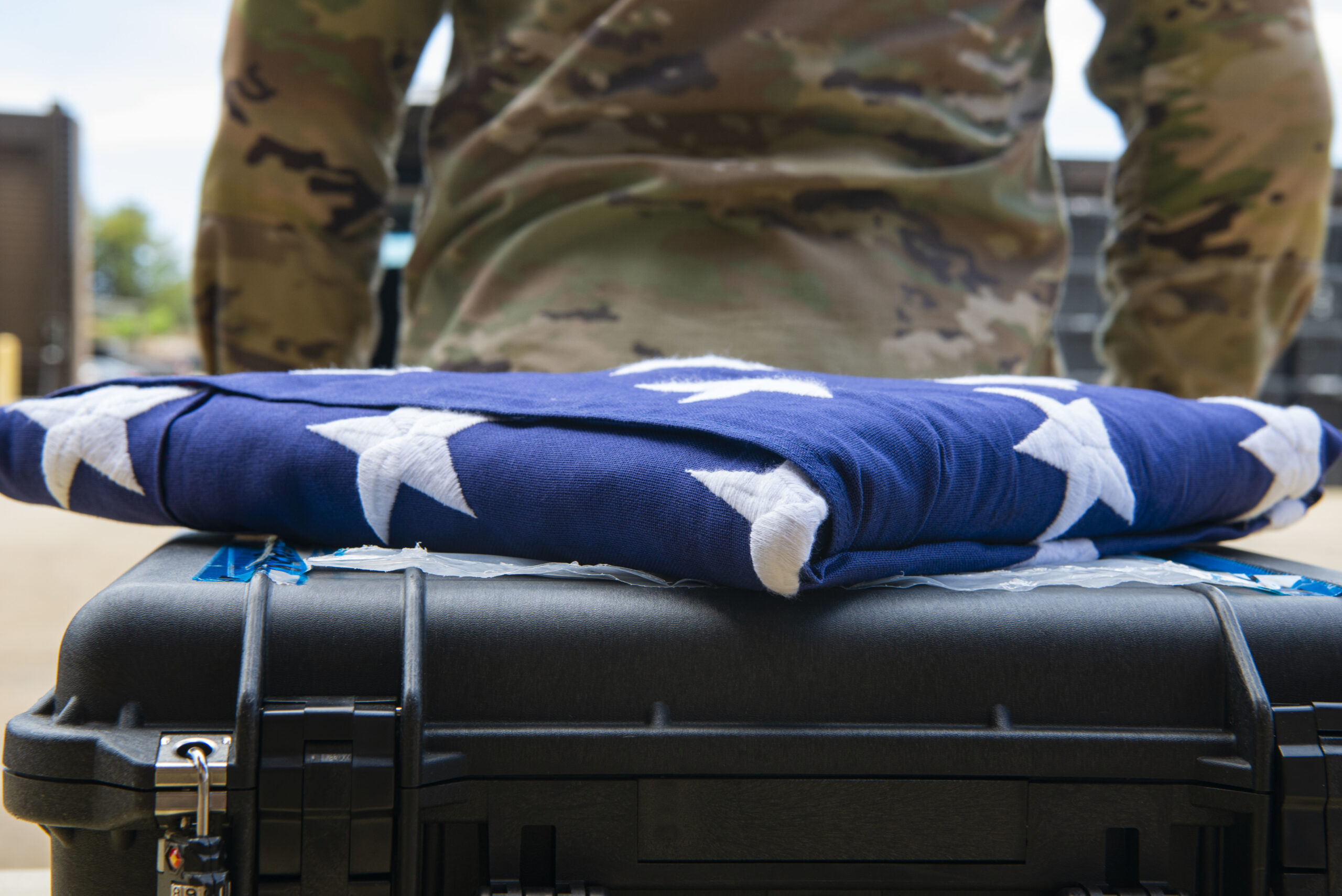
The final phase of the process is a series of tests: DNA sampling, dental testing if possible, and new techniques that the agency has developed, including the matching of collarbones with old medical records. It was discovered that a human’s collarbone is unique to them, Ganoni said, and because U.S. service members underwent chest scans in the 1940s for tuberculosis, the bones can sometimes be matched to those scans.
In addition to all the work that goes into each mission, diplomacy is also a huge part of the job. The DPAA regularly works with other countries ahead of recovery missions in order to retrieve the remains of U.S. troops. Those good relationships are particularly important when the teams arrive on the ground only to find that the area of land they needed to excavate is now home to something else, like a shed, or a store, or even a shopping mall.
But sometimes the DPAA can only do so much. The agency estimates that the remains of roughly 5,300 U.S. service members are still in North Korea. And while Dr. To said there is a history of the DPAA excavating in the country, “everything just sort of shut down” in 2005. Since then, teams haven’t been able to travel to North Korea to excavate and there are no current operations happening within the country. However, To mentioned a “pretty big” unilateral turnover of remains from North Korea in 2018, when North Korean officials handed over 55 boxes of remains to United Nations officials.
“The North Korea issue is definitely outside the lane of anybody in this room,” To said. “It’s so beyond anything that we can possibly control … There’s still a constant hope that those folks that are occupying the offices way above all of us are having some conversations at the political level to help us get back in.”
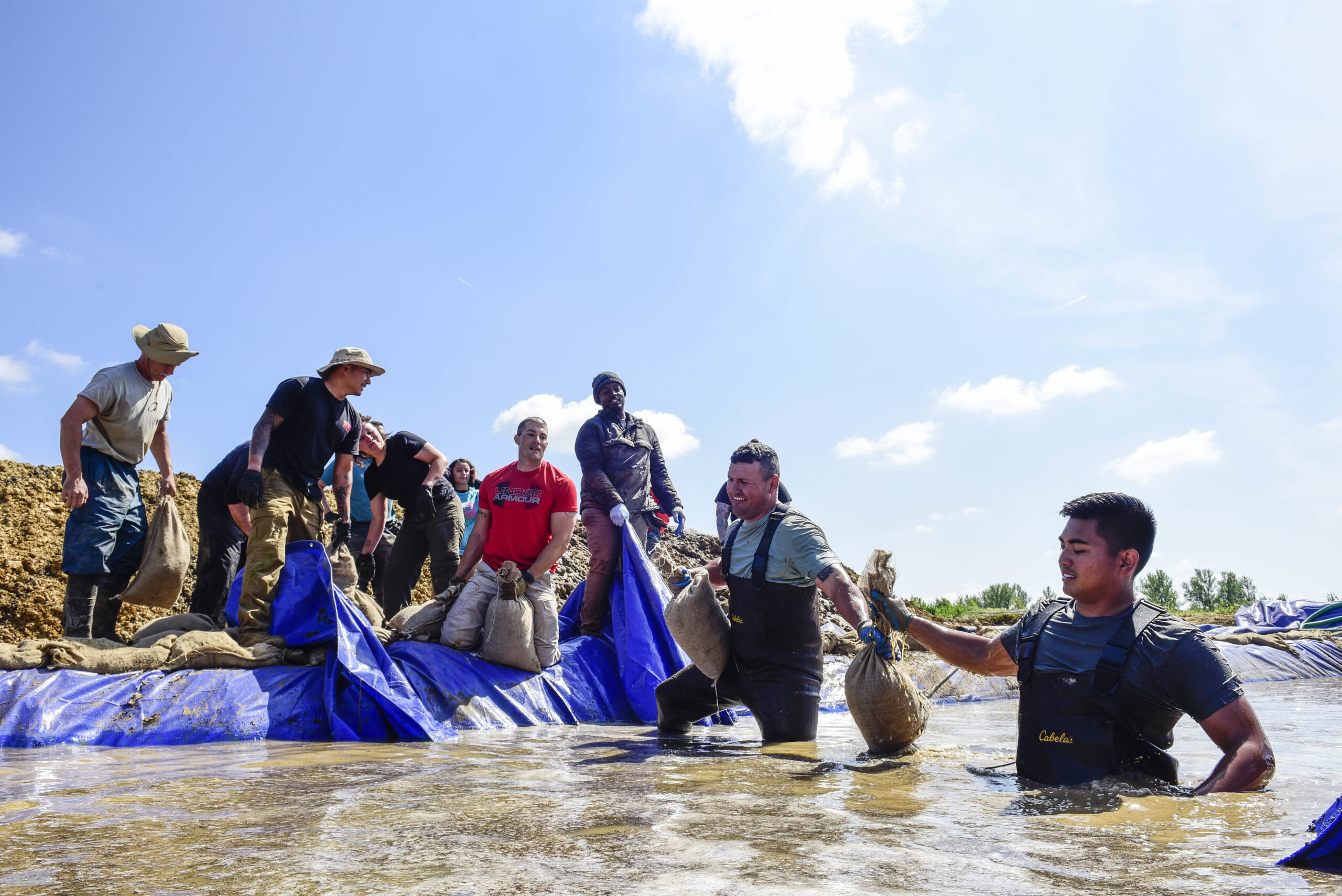
Despite the hurdles the teams and experts at DPAA face with each mission — whether that’s unexploded ordnance underwater or a villager who doesn’t want someone digging around in their backyard — the dedication to the mission among those who do it is palpable.
“I have to force them to go home, because there is this sense of urgency, there is this sense of, ‘We need to get this done as quickly as possible,’” To said. And it’s no wonder why. For every service member who is recovered, another family finally has answers, and the families are top of mind for everyone involved.
In the center of the DPAA’s building on Oahu, suspended above the courtyard on the third floor, is a room. Inside it is a conference table and chairs; curtains line the 360-degree windows with the intent of giving whoever is inside the room some privacy. It’s where families are reunited with their loved ones after the DPAA teams have found and identified them. If they’ve requested it, the team will lay their service member’s remains on the table, and answer any questions they have. The room is “the heart of the building,” Ganoni said, which is why it’s in the very center.
“We do what we do every day for the families so that they can have answers,” she said. “And that’s why this room was designed this way, to keep them the heart of the mission.”
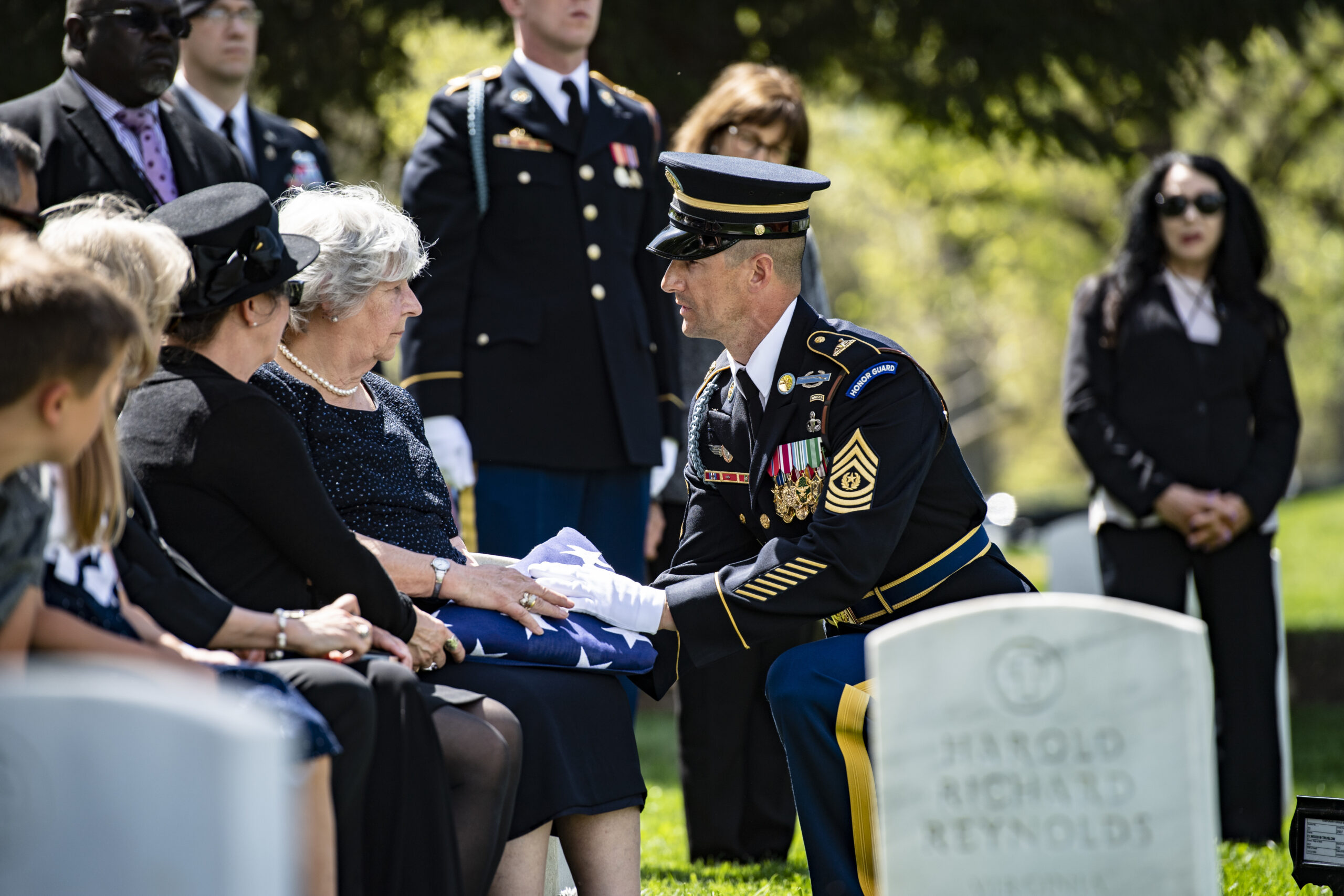
Standing inside the small room, Ganoni recalled a story of a young woman who came to the DPAA to be bring home the remains of her father. She’d never met him — her mother was still pregnant with her when he was deployed — but she was listed as his next of kin. Like all families who are notified that their loved one has been recovered, the woman was invited to come to the DPAA and escort his remains herself.
DPAA officials gave her a tour of the building before taking her up to the private room to see her father.
“They said, ‘Are you ready?’” Ganoni recalled. “She said, ‘No, I’d like a moment to go powder my nose, maybe fix my hair. It’ll be the first time I’m getting to meet my father, and I want to look nice.’”
That’s what it’s all about, Ganoni said. “This is someone who never met her father, who didn’t have a grave to go to. They didn’t know what happened. And she grew up her whole life with that ghost. And now, he was home. He’s home.”
Want to write for Task & Purpose? Click here. Or check out the latest stories on our homepage.

Former Army Reporter
Haley Britzky was the Task & Purpose Army reporter from 2019 to 2022. She previously worked at Axios covering breaking news. She reports on important developments within the service, from new uniforms to new policies; the realities of military life facing soldiers and their families; and broader cultural issues that expand outside of the Army, touching each of the military services.Â